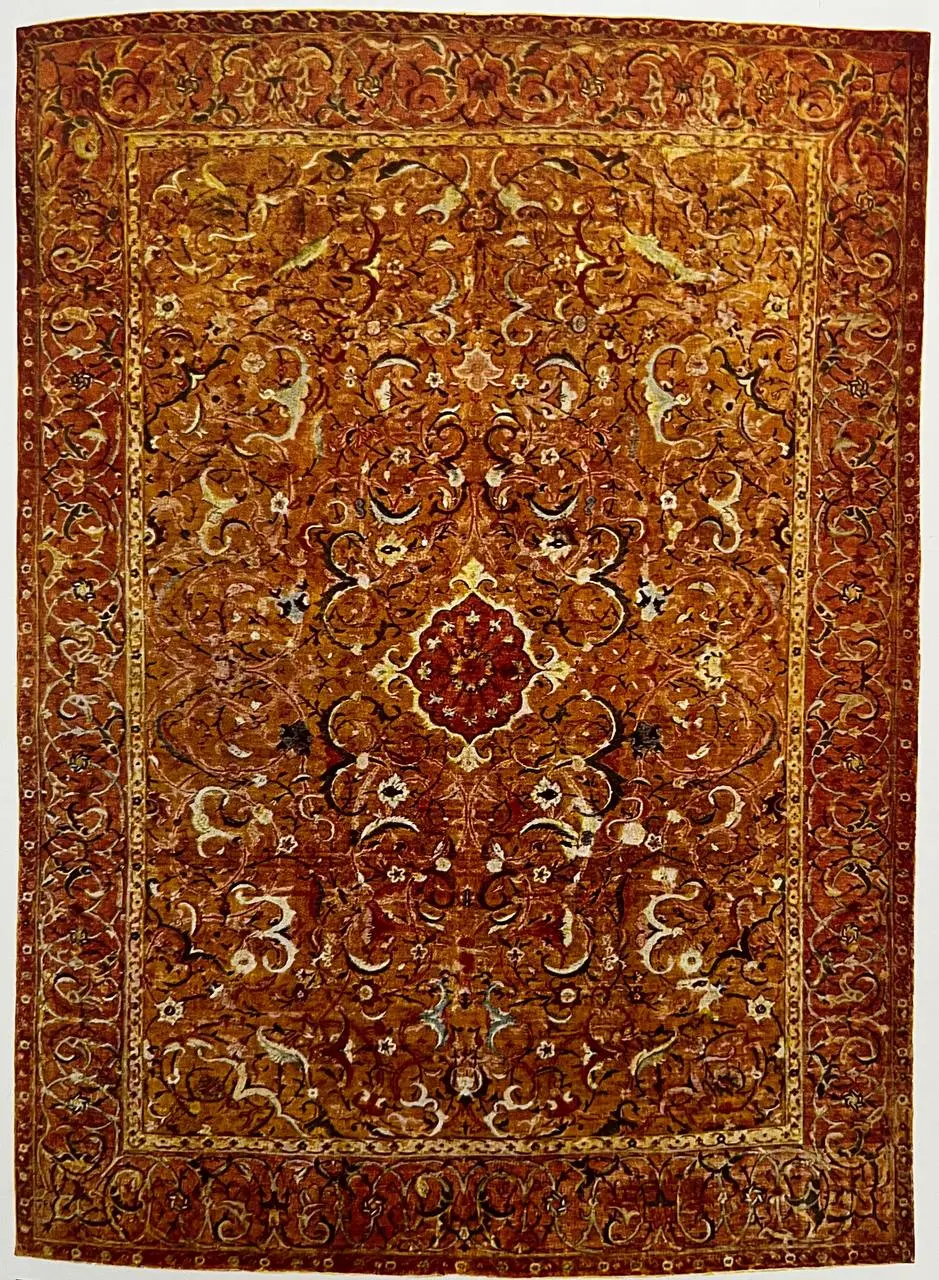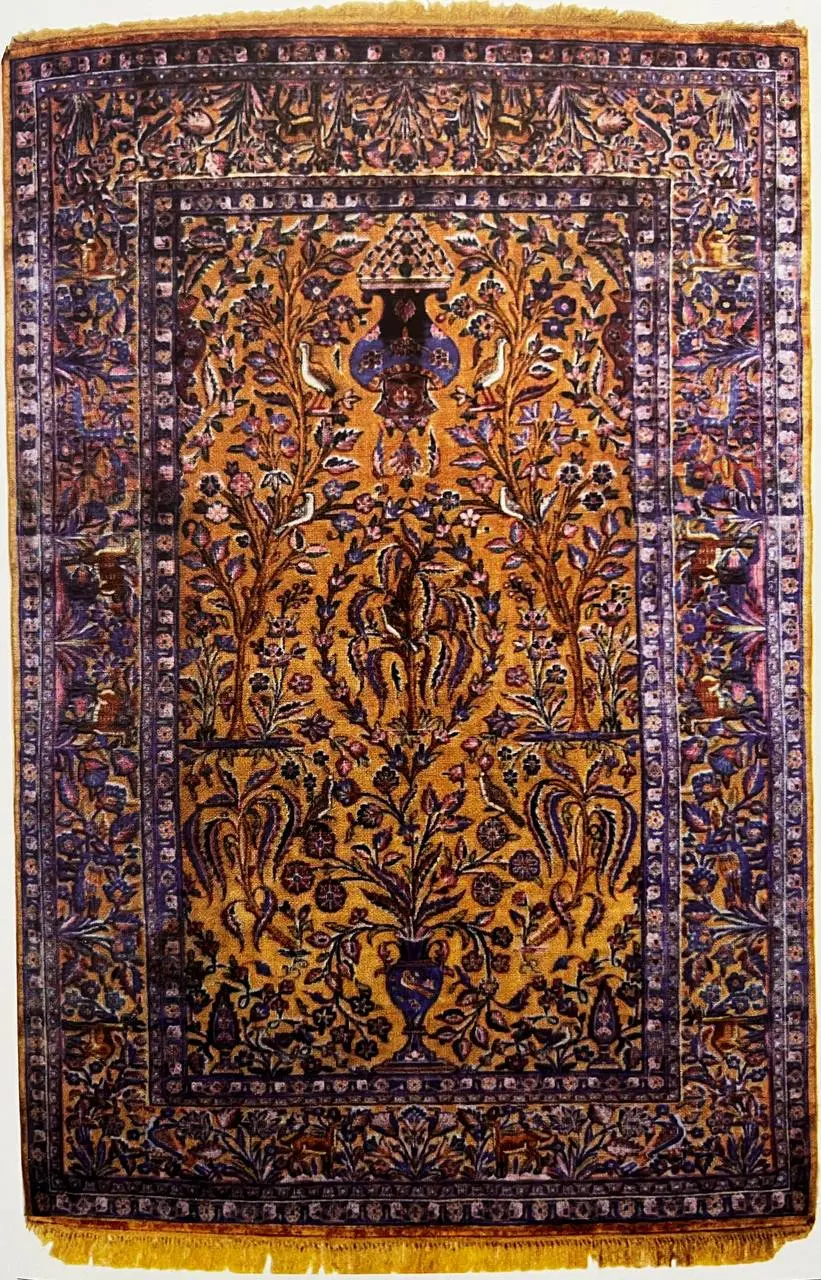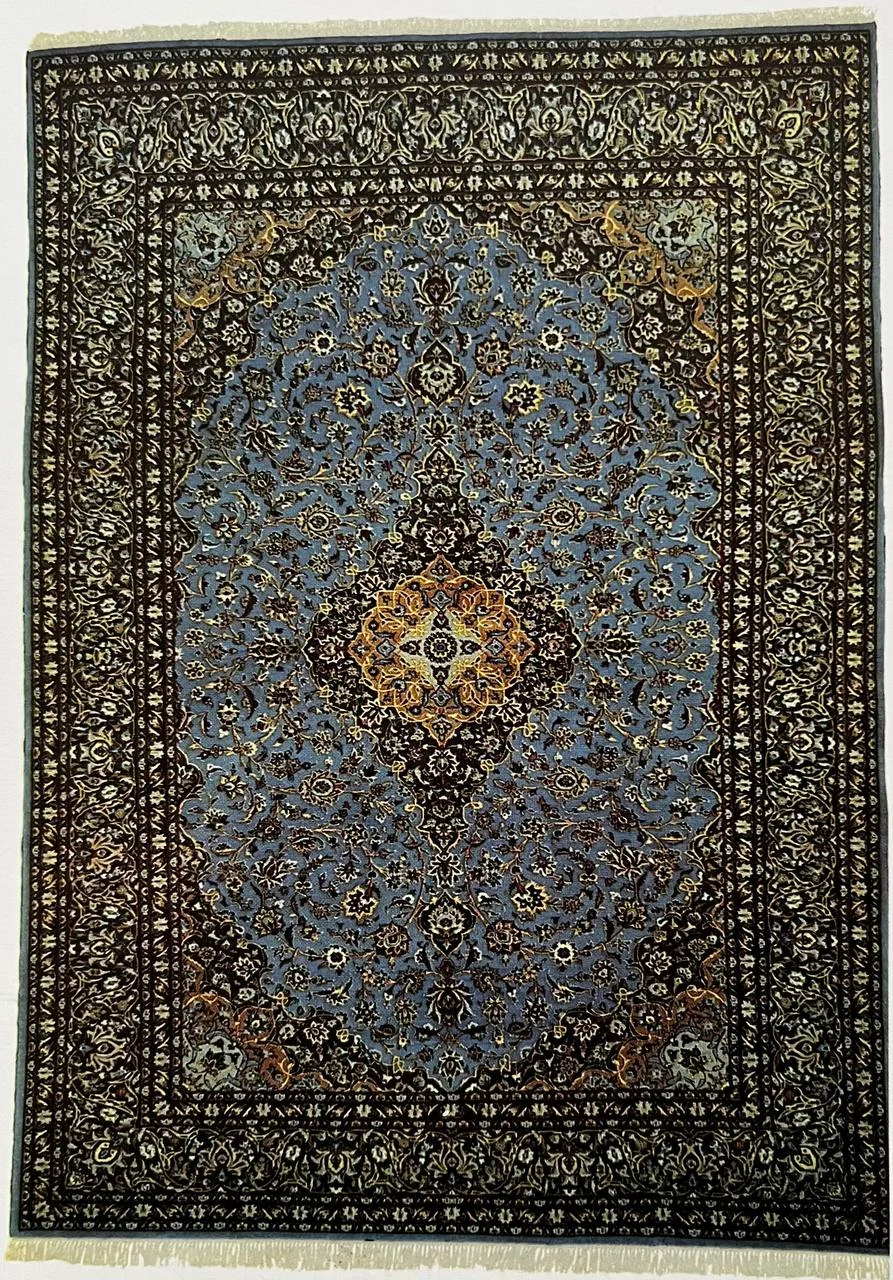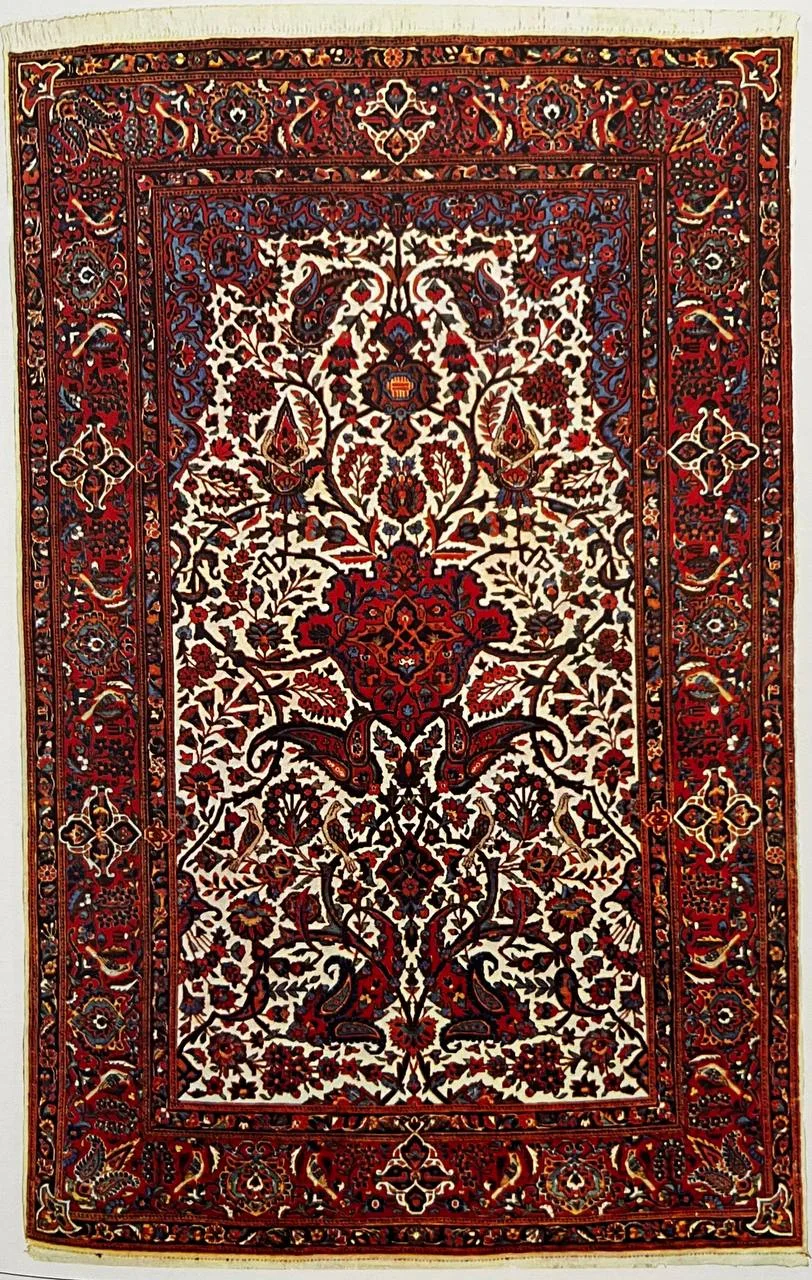The identity of carpet Kashan
Since identity is a category of perception and intuition that deals with feelings, it is a difficult word to define, unlike terms like art, beauty, ethics, etc. Similar to how it is possible to distinguish between a European and a Chinese or African person, or how we can identify a fellow citizen in the midst of hundreds of other people wherever we are, or how the calligrapher’s handwriting can be associated with one society and another There is no doubt that with hand-woven Persian rug , part of this identification comes from the categories of experience (looking at the other). The other is different, and how is it that a modest Kashan carpet shows off its uniqueness among hundreds of other carpets? The identity carpet Kashan

Handwoven rugs as works of art
Divergent viewpoints regarding the artistic significance of hand-woven carpets are evident among the various groups associated with hand-woven carpets. From this vantage point, there is little difference between foreign researchers who have examined hand-woven carpets from an entirely artistic perspective and traders and brokers who evaluate hand-woven carpets solely based on their commercial aspect because of the neglect of the multiple dimensions of hand-woven carpets. (The identity carpet Kashan)
*Click on the opposite link to see precious Iranian handmade and machine combined silk carpets*
On the other hand, some people view the handwoven rattan carpet as an economical product. It is thought of as purely artistic, and some even think that you should hang it on the wall instead of walking on it. A hand-woven carpet’s uniqueness must be defined by its intricate structure, which combines traditional technical and material characteristics with beauty. If this isn’t the case, the carpet may be viewed as a luxury item with little practical use. The identity carpet Kashan

Thus, where are other values that can refute or contradict the idea of hair in the carpet and where is this concept?
The perspective of international artists
The renowned book “Masterpieces of Iranian Art” features a section devoted to carpets, in which Abraham Pope, a well-known researcher of Iranian arts, highlights the importance and artistic quality of Iranian persian Handmade carpet . Like many other Western artists, he attributes the carpets’ primary value to the skill of design and, to a lesser degree, color. Additionally, he is aware of the carpet’s composition. He discusses Iranian artists. There are now questions regarding the nature and worth of art in the West due to the growth of such a narrow conception of the medium. We find it difficult to comprehend how beautifully twisted, colorful thread might be woven and interlaced to create works of art. The identity carpet Kashan

The carpet itself serves as evidence for this assertion, and anyone who gets the chance to view the best specimens of this art with perceptive eyes and a conscious mind will accept it. A thorough understanding of technical details is required to appreciate this art. Pope states elsewhere that in order to blend it with artistic taste, “art frequently compromises the look of beauty because silk is a difficult material to weave with and, like wool, it cannot be used. The identity carpet Kashan
While it is conceivable, the more experimental designers in Kashan put their creativity and proficiency to the test. The workshops of Kashan produced a number of huge Persian carpet designs and a series of carpets in the second half of the 2nd century. Because of the artistry and talent of these designers, the carpets are “the same as velvet” in terms of brightness and depth of color rather than grandeur and splendor. The identity carpet Kashan
According to Richard Ettinghausen’s book “Art of Iran,” with reference to the Pazyrik carpet, carpet weaving has been practiced in Iran at least since the fifth century BC. This period is taken into consideration because it corresponds with the age of a highly adorned carpet discovered in the Pazyrik burial mounds in the Altai Mountains that features an Iranian design. tasteful arrangement of the components in this : “The carpet can be seen, it shows the characteristics of many Iranian arts,” remarks Ettinghazen. “Two special aspects, which in the Western mind have an inseparable connection with Iranian carpets from the 10th century AH onwards, have not been mentioned much: the tendency to decorate the neck of the bush and the richness of color.”

The previous six or seven centuries have seen the widespread embellishment of flowers or other plant elements, as well as rich and varied color palettes, in practically all forms of Iranian art. Out of all the Iranian traditional artistic creations, two arts—the garden and the Style and maktab of Persian carpet—remain beloved by the Iranian people themselves. This includes both the rich and the poor, educated Westerners and intellectuals, educated university students and market traders, as well as government employees. The identity carpet Kashan
Surprisingly, they also enjoy carpets, which have grown increasingly popular in recent centuries. The finest examples of Iran’s artistic history are not well represented in the country’s museums. It is hoped that they would have a whole museum in the future to display this best of Iranian art.
One of the most knowledgeable persons on Iranian carpets is Cecil Edwards. Despite being an Englishman and a businessman, he looked into various facets of Persian carpet weaving (O.C.M.) as a potential company broker and followed up. “Qali Iran” is his well-known novel. He also extols Iranian carpets in his work, particularly those from the Safavid era.
